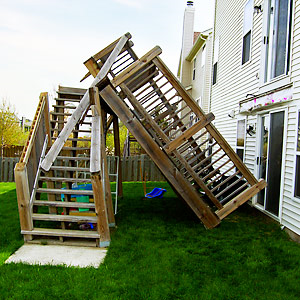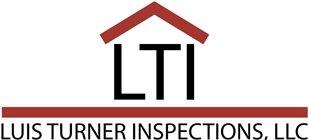
May is National Deck Safety Month, and with North Carolina barbecue season ramping up into full swing, now is the time to take a closer look at the place where you’ll host your gatherings.
A weak or failing deck could do more than ruin your party. According to the North American Deck and Railing Association, there’s been an increase in the number of decks that have collapsed, fallen apart, or otherwise failed.
In most cases, simple upkeep could have prevented these incidents, which tend to happen when decks are crowded with friends and family. Make such an inspection a priority, especially if you have not had an inspection of your home since you purchased it. Fix any problems before inviting the family over.
For more information on deck safety give LTI a call and we can advise you on next steps.
These are some of the details we look for:
- A deck should be solidly attached through its wooden band to the rim joist.
This may be done with nuts, bolts and washers. Nails should never be the only method of attaching the deck to the house. All hardware should be stainless steel or hot-dipped galvanized.
- The joint between the deck and the house should be protected with correctly installed flashing to prevent water intrusion.
Water that gets between the deck and the house is liable to rot the wooden band or the house’s rim joist. Even a rust-proof fastener will not grip if it fastens into rotted lumber. The deck will be at risk of collapse.
- Stairs should be evaluated for stability and adequate support.
- Handrail assemblies should be firm and should not wobble excessively.
Posts should be supported with hardware. Post and railing assemblies should be rigid. Rebuild or reinstall handrail assemblies that wobble.
- Deck joists should be attached with hot-dipped galvanized joist hangers and joist-hanger nails, not roofing or common nails.
Metal joist hangers designed for interior use won’t hold up when used on a deck built of pressure-treated lumber.
- If the deck is supported on a beam (and many are), the beam should be fully supported by the posts or connected with appropriate hardware.
If toenails are driven through the beam into the end of the post, the connection is often inadequate. Install the correct hardware.
Your investment in your home and your safety are our concern at LTI. Happy barbequing!
